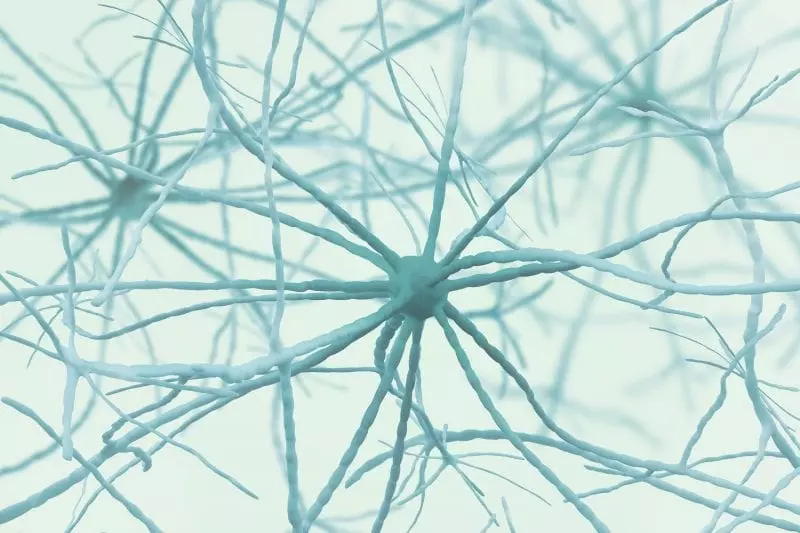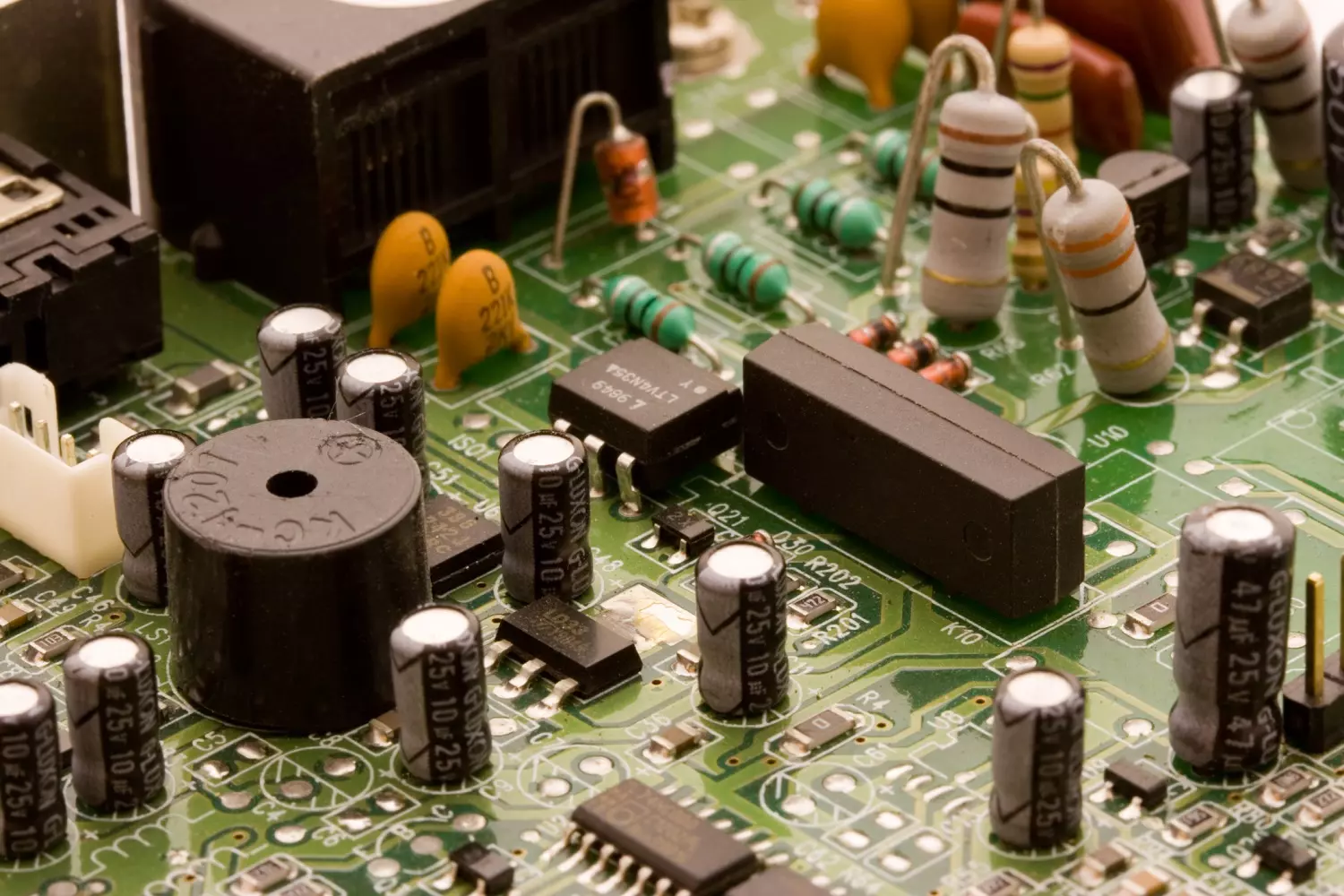[Originally published as Human Technology is Garbage Compared to Biology]
Look at the picture above. It’s part of the circuit board from a computer. How do you think it came to be? It could have been formed by an earthquake at a spare electronics warehouse. After all, it’s at least possible that in the midst of the warehouse shaking and being destroyed, lots of spare electronic parts started crashing into each other and, as a result, just happened to produce what you see above.
Of course, I hope that no one is silly enough to believe such a story. It is obvious that the circuit board is the result of careful design and craftsmanship.
As someone who started programming computers with punch cards, used DOE grant money to buy a 40-Megabyte hard disc for $1,200 in 1989, and stored his unimaginably vast (800 Megabytes) thesis experiment data on sixteen separate 10.5-inch magnetic tape reels, I have witnessed a lot of progress in the area of computers. I marvel at how technology can produce a hand-held device that is more powerful than the VAX-11/750 that I used to analyze my thesis experiment. Nevertheless, with all of the amazing progress that human engineering has produced, it doesn’t come close to what we see in the natural world.
 Consider, for example, this article’s comparison of a personal computer to a mouse brain:
Consider, for example, this article’s comparison of a personal computer to a mouse brain:
A personal computer simulates a mouse-scale cortex model (2.5×106 neurons) 9000 times slower than a real mouse brain operates, while using 40,000 times more power (400 W versus 10 mW). [reference marks omitted for clarity]
In case you don’t understand the lingo, 2.5×106 is 2.5 million, and neurons are the cells that carry out brain-related functions. There are other support cells in the brain, but the neurons are the brain’s “workhorses.” So a mouse brain has about 2.5 million operational cells, which is close to the complexity of a personal computer. However, the mouse brain operates 9,000 times faster than the computer, and it is 40,000 times more efficient when it comes to energy usage!
Imagine deciding to use a computer that is 9,000 times slower than the computer you use now and consumes 40,000 times as much power. What would you think? You would think it’s a piece of garbage, right? Compared to a mouse brain, one of humankind’s major technological achievements is like garbage! Of course, if you compare technology to the human brain, it gets much, much worse. The same paper indicates:
Simulating a human-scale cortex model (2×1010 neurons), the Human Brain Project’s goal, is projected to require an exascale supercomputer (1018 flops) and as much power as a quarter-million households(0.5 GW). [reference marks omitted for clarity]
Once again, to decode the lingo, you need to know that “flops” is a measure of computer speed, and 1018 is a 1 followed by 18 zeroes. Currently, the fastest supercomputer clocks in at about 1017 flops, so at this point, we can’t even build a computer that could be compared to the human brain. Our computers need to become 10 times faster to even start such a project.
In addition, look at the power required: 0.5 Gigawatts, which is 500 million watts. Guess how much power the human brain requires? About 12 Watts. So even if we could build a computer that at least has the human brain’s level of complexity, it would require about 42,000,000 times as much power as the brain. Of course, with all that, it would almost certainly be much slower than the brain.
Some scientists would have you believe that random mutations filtered by natural selection produced biological technology that makes our best human technology seem like garbage. Not this scientist!






